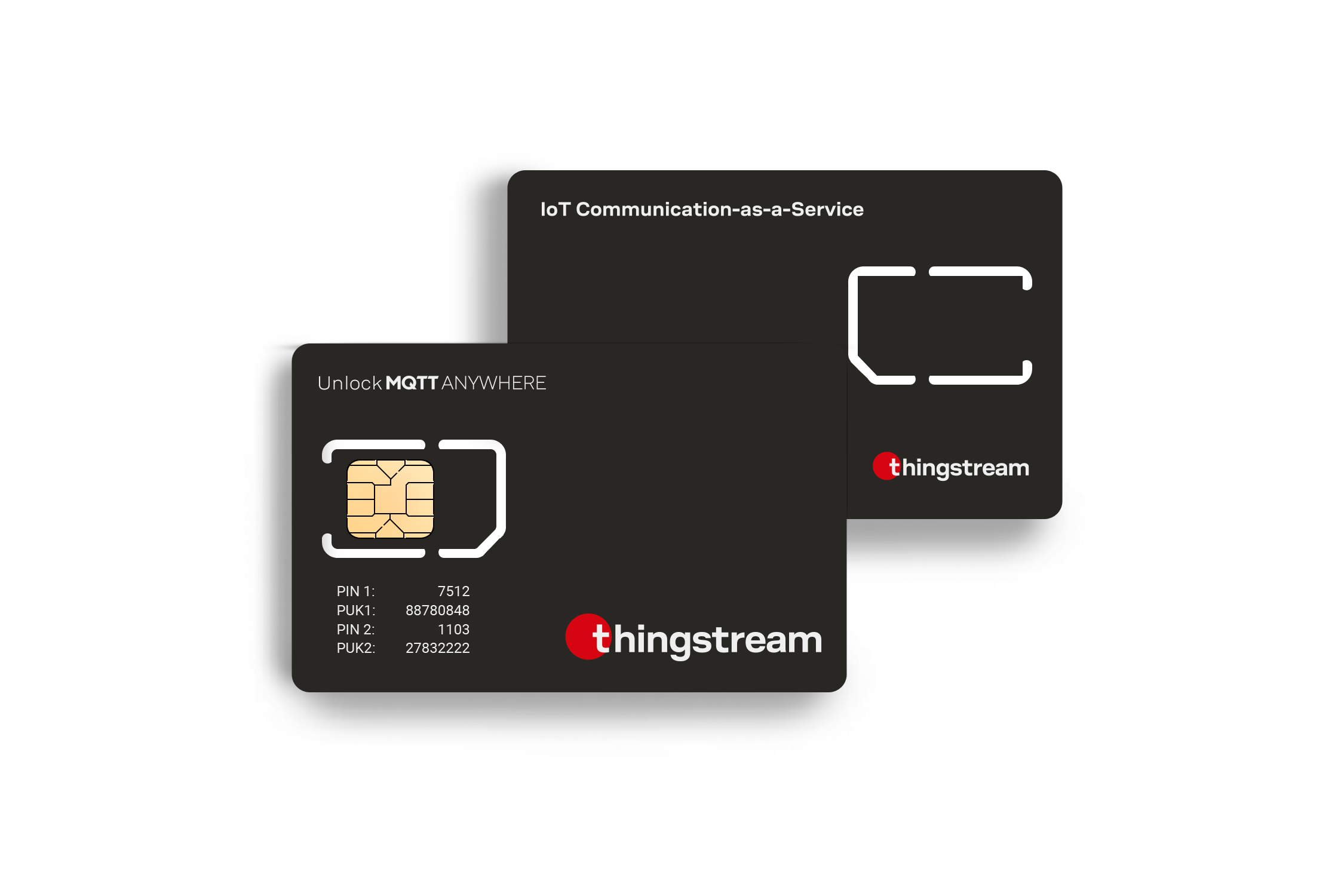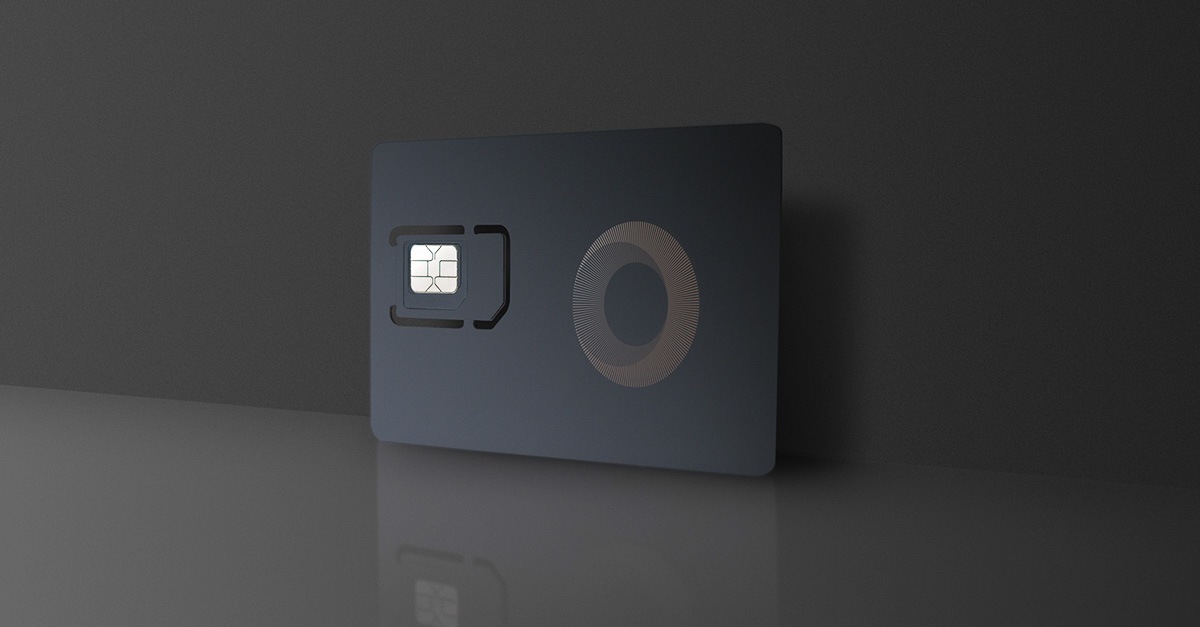Iot Device With Sim Card Prepaid IoT SIMs Europe 10 SIM Bundle
Iot Device With Sim Card Prepaid IoT SIMs Europe 10 SIM Bundle
Blog Article
How Iot Sim Card Works IoT SIM Card Connectivity
In the panorama of the Internet of Things (IoT), connectivity standards and protocols play a crucial position in guaranteeing gadgets can communicate seamlessly. As more units are linked, the necessity for effective interoperability increases, leading to quite so much of standards that serve different use cases and requirements. This comparability of IoT connectivity standards and protocols highlights the nuances that differentiate every expertise, offering a clearer understanding of which could suit specific functions.
LoRaWAN (Long Range Wide Area Network) is doubtless considered one of the dominant protocols usually utilized in IoT applications that require long-range communication. Its low power consumption makes it particularly effective for battery-operated devices, enabling them to operate for several years while not having a battery substitute. The protocol is designed for extensive space networks, making it appropriate for city, rural, and remotely deployed gadgets corresponding to environmental displays and smart metropolis functions.
On the opposite finish of the spectrum, MQTT (Message Queuing Telemetry Transport) is a light-weight protocol designed for resource-constrained units and low-bandwidth, high-latency networks. Due to its publish-subscribe mannequin, it allows units to communicate in near real-time, making it especially popular for applications in smart homes and industrial automation. MQTT just isn't constrained by location, enabling gadgets to speak no matter where they are situated, so long as there's internet entry.
Sim Card For Iot Devices IoT SIMs

Zigbee and Z-Wave are two different protocols which have gained traction, particularly in residence automation contexts. Zigbee operates on low energy and is designed for low data rate wi-fi private space networks. With its mesh networking functionality, it facilitates communication between multiple gadgets, creating a sturdy community that may lengthen its vary considerably. Z-Wave, whereas comparable, sometimes operates on a lower frequency and has a distinct architecture that tends to work better in indoor settings. Its focusing on of client merchandise provides it an edge in user-friendly purposes.
Bluetooth also plays a vital role in IoT connectivity, particularly in wearable technology and close by communication eventualities. The introduction of Bluetooth Low Energy (BLE) has expanded its performance by allowing devices to speak with minimal battery utilization. This protocol is right for purposes where low power is crucial however still requires a reasonable data throughput. The vary tends to be shorter, making it appropriate for environments like personal health devices, smart locks, and different proximity-focused technologies.

Another important participant within the IoT area is Cellular connectivity, including LTE and the rising 5G networks. These technologies provide excessive knowledge rates and widespread coverage, making them perfect for purposes that require real-time data transfer, corresponding to autonomous automobiles and remote surveillance systems. However, their energy consumption is generally higher in comparability with different protocols, which may be a limiting factor for IoT gadgets with battery constraints. The evolution of 5G is especially exciting, because it guarantees to facilitate even larger numbers of connected gadgets with lower latency.
A lesser-known, but impactful, standard is NB-IoT (Narrowband IoT), particularly designed for low-power, wide-area networks. It supports a excessive number of linked units over a larger space, making it well-suited for rural purposes, smart metering, and smart agriculture. Its low bandwidth requirements are adequate for transmitting small knowledge packets, allowing gadgets to function successfully with minimal power consumption.
Best Iot Sim Card Prepaid IoT SIMs Europe 10 SIM Bundle
Comparing these protocols, a significant issue to suppose about is the stability between vary, energy consumption, and data fee. Zigbee and Z-Wave excel in mesh networks however might not cowl as broad an area as LoRaWAN. Meanwhile, protocols like MQTT can prioritize information transfer effectivity over distance. The selection between using a cellular framework or a specialised IoT protocol often This Site hinges upon the particular needs of an utility, including geographic and technical constraints.
Security remains a urgent concern across IoT implementations. With the number of connectivity standards, ensuring safe communication is paramount. Various protocols address safety in different methods, incorporating measures such as encryption and authentication protocols to safeguard information. MQTT, for instance, permits for secure connections and payload encryption, whereas protocols like LoRaWAN have mechanisms to authenticate units communicating over the community.
Compatibility is one other necessary aspect. As producers more and more develop IoT solutions, the flexibility to connect units from different distributors is essential. Standards like Zigbee and Z-Wave have established certification packages to authenticate devices’ interoperability. This compatibility fosters a extra cohesive smart home environment, permitting gadgets to work in concert quite than isolation.
Future developments in IoT connectivity standards are frequently expanding the chances. Researchers and trade experts are growing advanced protocols that combine the strengths of current technologies while addressing their weaknesses. The integration of artificial intelligence (AI) and machine studying into IoT networks is additional enhancing automation and data analysis, pushing protocols to evolve and enhance in real-time.
Cellular Iot Sim Card IoT SIM Card Global M2M Connectivity
Ultimately, deciding on an IoT connectivity standard or protocol isn't merely a technical choice; it ought to align with the goals of the appliance and the wants of its users. The right alternative could mean the distinction between a profitable deployment and a project plagued by interoperability challenges, unnecessary prices, or decreased performance.
As IoT know-how continues to mature, the significance of understanding and selecting applicable connectivity standards and protocols will solely grow. Industry participants and developers should stay vigilant of trends and modifications that influence the ecosystem. Knowledge of those protocols is essential, as it equips stakeholders to make informed selections that can outline the next generation of connectivity.
In conclusion, the comparison of IoT connectivity standards and protocols reveals a posh however fascinating panorama. By understanding the benefits and limitations of each standard, developers can make educated decisions that may optimize their IoT deployments, enhancing effectivity and effectiveness and in the end paving the way for a more connected and intelligent future.
- Various IoT connectivity standards, corresponding to MQTT, CoAP, and HTTP, cater to completely different information transmission wants, influencing effectivity and utility suitability.
- MQTT is light-weight and optimized for high-latency networks, making it perfect for low-bandwidth, resource-constrained devices.
- CoAP helps RESTful interactions and operates over UDP, permitting for decreased overhead compared to traditional protocols used over TCP.
- Zigbee and Z-Wave give attention to low-power, low-data functions, perfect for smart home devices and sensor networks.
- NB-IoT and LTE-M offer cellular connectivity specifically designed for IoT applications, providing wider coverage and higher penetration in city environments.
- Wi-Fi and Bluetooth, whereas prevalent, can battle with energy consumption and scalability in giant IoT ecosystems, making them much less best for sure use instances.
- LoRaWAN allows long-range, low-power communication, best for applications in remote areas requiring infrequent information transmission.
- Each standard or protocol could include unique security measures, influencing the choice based on the IoT deployment's threat mannequin.
- The rising development of multi-protocol environments allows devices to change between standards, enhancing flexibility and interoperability inside IoT ecosystems.
- Compatibility points can arise from diverse IoT connectivity standards, necessitating careful planning to make sure seamless communication throughout devices and platforms.undefinedWhat are the main IoT connectivity standards obtainable today?
Nb-Iot Sim Card IoT SIM Card
The main IoT connectivity standards include MQTT, CoAP, LoRaWAN, Z-Wave, Zigbee, and cellular standards like NB-IoT and LTE-M. click to read Each of those standards serves completely different use circumstances, providing varying ranges, power consumption, and information transmission capabilities.
How does MQTT differ from CoAP in phrases of use cases?
(Global Sim Card Iot)
MQTT is designed for high-latency and low-bandwidth environments, making it excellent for situations requiring reliable messaging, similar to remote monitoring. CoAP, on the opposite hand, is tailored for constrained gadgets and networks, making it suitable for functions like smart home automation the place simplicity and efficiency are crucial.

What elements should I think about when choosing an IoT protocol for my application?
Iot Device With Sim Card IoT SIM card Affordable global connectivity
Key elements include the application’s necessities for range, energy consumption, knowledge payload dimension, and network conditions - Cheap Iot Sim Card. Additionally, contemplate the level of security and scalability wanted, as nicely as infrastructure and device interoperability.
Is security a serious concern when evaluating IoT connectivity standards?
Yes, security is a paramount concern. Different standards offer various ranges of security features, like knowledge encryption and authentication measures. It’s important to judge how each standard addresses potential vulnerabilities to ensure the protection of delicate information.
Hologram Global Iot Sim Card IoT SIM
Which connectivity protocol is best for long-range communication?
LoRaWAN is usually thought-about the most effective for long-range communication because of its capability to cowl distances of up to 15 kilometers in rural areas. It is particularly effective in purposes like agricultural monitoring and smart metropolis deployments the place devices are spread out over massive areas.
How do energy consumption levels vary among different IoT protocols?
Sim Card For Iot Devices IoT SIM
Power consumption varies considerably amongst protocols. For instance, LoRaWAN and Zigbee are designed for low energy usage, suitable for battery-operated units needing long operational life. In contrast, cellular protocols like NB-IoT might consume extra energy however supply higher bandwidth for critical applications.
Can multiple connectivity standards coexist in the same IoT environment?
Global Iot Sim Card IoT SIM Card API global connectivity
Yes, multiple connectivity standards can coexist inside the similar environment. This allows for greater flexibility and integration of various devices across different functions. However, it does require a well-architected system that may handle and route knowledge between totally different protocols effectively.
What position does scalability play in choosing an IoT connectivity standard?
Scalability is crucial when selecting a connectivity standard, particularly for purposes expected to grow over time. Some protocols allow for simple addition of gadgets and seamless integration into present networks, while others may have limitations that could hinder growth.
Iot Sim Card copyright Everything about IoT SIMs
Are there specific industries that favor specific IoT protocols?
Yes, specific industries often favor particular IoT protocols primarily based on their distinctive necessities. For example, smart agriculture tends to favor LoRaWAN as a end result of its long vary, whereas residence automation often utilizes Zigbee or Z-Wave for their low energy consumption and mesh networking capabilities.
Report this page